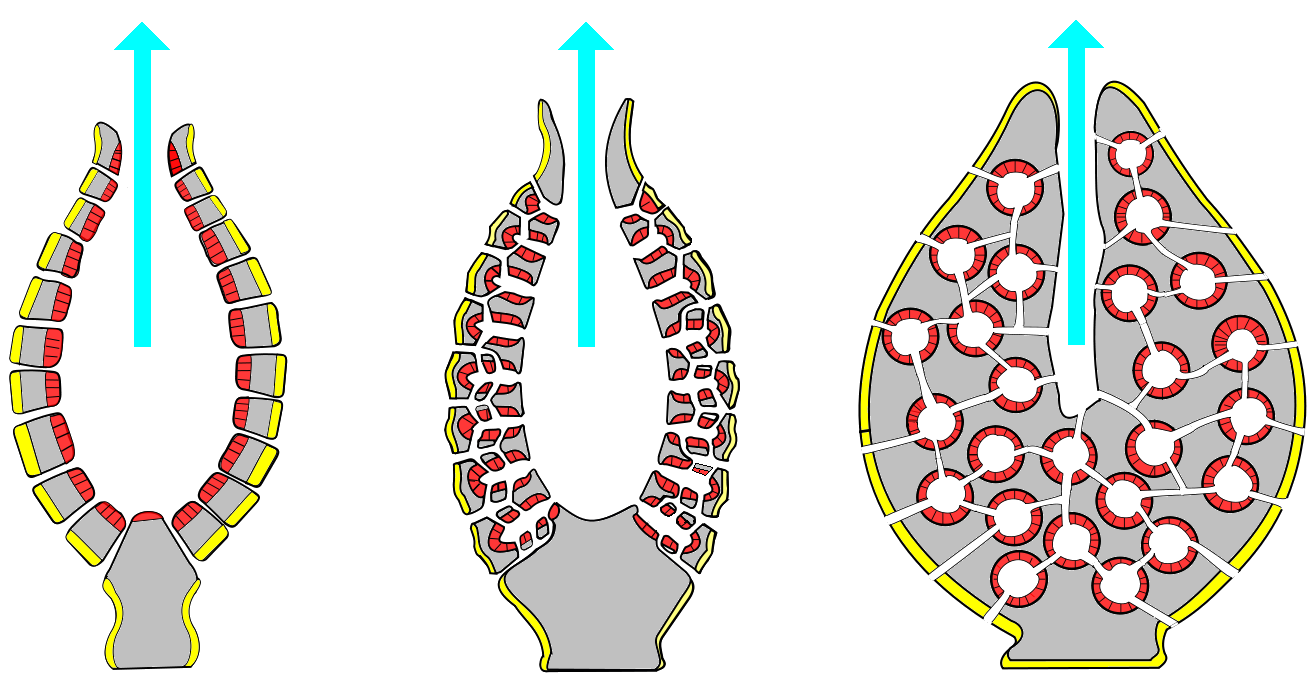-

Passive Transport
Passive transport refers to the movement of substances across cell membranes without the use of energy. This study note explores key concepts such as diffusion, osmosis, the role of the cell membrane, concentration gradients, and how passive transport contributes to maintaining cellular homeostasis. Understanding these mechanisms is vital in comprehending the fundamental processes of substance…
-

Canal System in Porifera
Porifera, also known as sponges, are a diverse group of aquatic animals that are characterized by their porous body structure and the presence of a system of canals and channels. The canal system in porifera is a key feature that allows for the efficient movement of water and nutrients throughout the sponge’s body. The canal…
-

Function of canal system
The canal system in porifera plays several important roles in the physiology and survival of these organisms. Here are the function of canal system : In summary, the function of canal system in porifera is very important in the physiology and survival of these organisms. It is responsible for water circulation, nutrient uptake, gas exchange,…
Categories
- Anatomy (9)
- Animal Form and Functions (38)
- Animal Physiology (65)
- Biochemistry (33)
- Biophysics (25)
- Biotechnology (52)
- Botany (42)
- Plant morphology (6)
- Plant Physiology (26)
- Cell Biology (107)
- Cell Cycle (14)
- Cell Signaling (21)
- Chemistry (9)
- Developmental Biology (36)
- Fertilization (13)
- Ecology (5)
- Embryology (17)
- Endocrinology (10)
- Environmental biology (3)
- Genetics (59)
- DNA (27)
- Inheritance (13)
- Histology (3)
- Hormone (3)
- Immunology (29)
- life science (76)
- Material science (8)
- Microbiology (18)
- Virus (8)
- Microscopy (18)
- Molecular Biology (113)
- parasitology (6)
- Physics (3)
- Physiology (11)
- Plant biology (26)
- Uncategorized (7)
- Zoology (112)
- Classification (6)
- Invertebrate (7)




